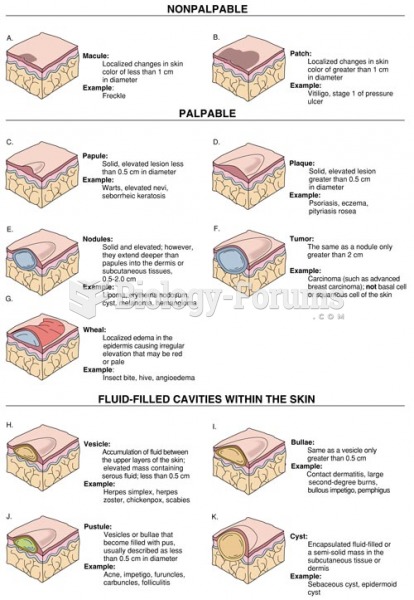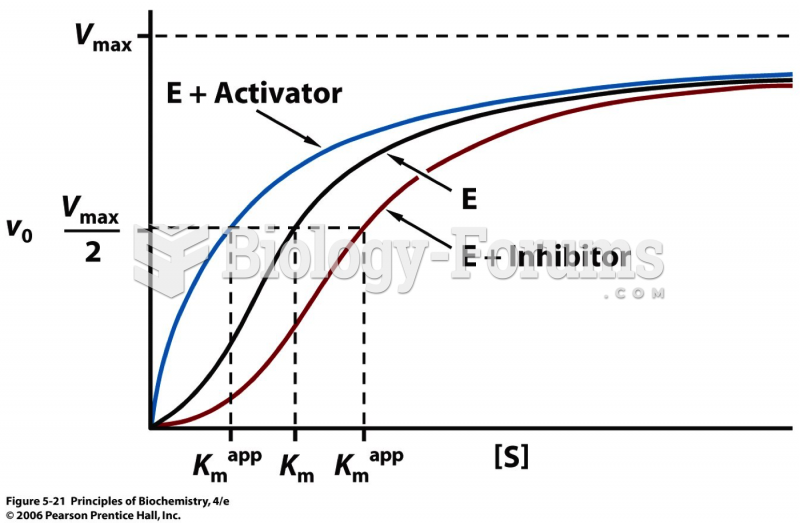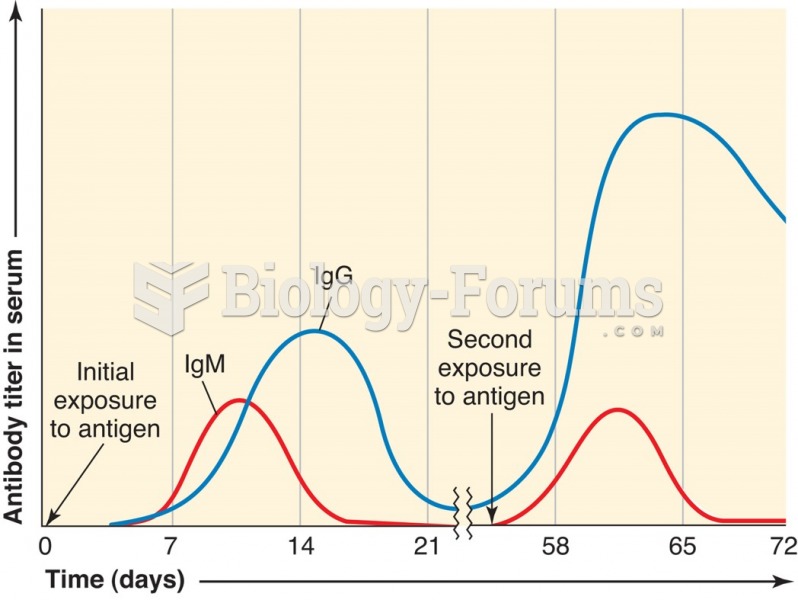Answer to Question 1
Correct Answer: 4
Rationale 1: This is done by the RN.
Rationale 2: The nursing diagnosis is incorporated into the care plan.
Rationale 3: This is done by the RN.
Rationale 4: Collecting data is the role of the LPN/LVN.
Global Rationale: The primary role of the LPN/LVN in the nursing process is collecting data. Developing a plan of care and identifying nursing diagnoses are done by the RN. The nursing process does not incorporate medical diagnoses into the plan of care. Nursing diagnoses are incorporated into the plan of care.
Answer to Question 2
Correct Answer: 1
Rationale 1: Activity intolerance related to acute knee pain is a nursing diagnosis.
Rationale 2: Left leg fracture is a medical diagnosis, not a nursing diagnosis.
Rationale 3: A nursing diagnosis addresses changes in patient condition-for example, alterations in mobility, nutritional intake, urinary elimination, knowledge, ability for self-care, and risk for injury. These nursing diagnoses are used to set goals and plan care.
Rationale 4: Nonradiating left knee pain is only a symptom. Nursing diagnoses address changes in patient condition-for example, alterations in mobility, nutritional intake, urinary elimination, knowledge, ability for self-care, and risk for injury. These nursing diagnoses are used to set goals and plan care.
Global Rationale: Activity intolerance related to acute knee pain is a nursing diagnosis. Left leg fracture is a medical diagnosis, not a nursing diagnosis. A nursing diagnosis address changes in patient conditionfor example, alterations in mobility, nutritional intake, urinary elimination, knowledge, ability for self-care, and risk for injury. These nursing diagnoses are used to set goals and plan care. Non-radiating left knee pain is only a symptom. Nursing diagnoses address changes in patient conditionfor example, alterations in mobility, nutritional intake, urinary elimination, knowledge, ability for self-care, and risk for injury. These nursing diagnoses are used to set goals and plan care.







